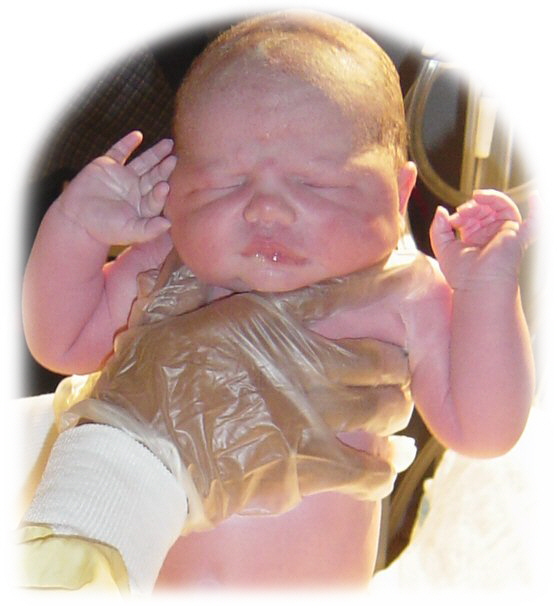Zietchick Research Institute: Levels of Reproductive Hormone Spike in 1 Month Old Premature Girls
Zietchick Research Institute explains that Luteinizing Hormone, commonly known as LH, is a hormone secreted by the pituitary gland. When people refer to LH, they are usually thinking about the reproductive-related functions of this hormone. For example, in teenage girls and women of childbearing age, LH stimulates ovulation. Its levels fluctuate with the menstrual cycle. After menopause, LH levels steeply rise. In males, LH stimulates the synthesis of the male hormone, testosterone. LH levels slowing rise in men throughout life.

Dr. Movsas, principal investigator at Zietchick Research Institute, further explains that LH also plays an important role during human development. LH is produced by the fetal pituitary, even before the baby is born. It is well known that LH plays an important role in the development of the gonadal organs. Of important note, many organs outside of the reproductive system also contain the receptor for this hormone. To name just a few, LH receptors are found in the brain, eye, lungs, and gut. Knowing that receptors for luteinizing hormone are located in so many organs, it is likely that this hormone participates in the development of many types of organs.
As part of a research study, recently published online by the prestigious medical journal Pediatric Research, investigators at Zietchick Research Institute, in collaboration with colleagues at Michigan State University College of Human Medicine, measured levels of luteinizing hormone in infants who were born very prematurely. The hormone was measured at both 1 week and 4 weeks after birth. All the infants in the study weighed under 2.5 pounds at birth. Prior research studies have found that LH levels tend to be higher in premature infants compared to infants who are born after full length of gestation. However, no prior studies had looked at the trend of LH after birth. Do LH levels begin at high levels in preterm infants at birth and then drop OR do they rise after birth.
The researchers found that LH levels rise after birth in premature infants. The LH rise in premature girls is markedly greater than the rise in premature boys. Of note, LH levels fall in the fetus during the same corresponding time period. Zietchick Research Institute states that we do not yet know whether or not the rise of LH after birth, is beneficial to the health of preterm infants. Zietchick plans to further investigate this important finding in the near future with the hope of improving health outcomes for premature infants.
References:
1. Movsas TZ, Sigler R, Muthusamy A. Elimination of Signaling by the Luteinizing Hormone Receptor Reduces Ocular VEGF and Retinal Vascularization during Mouse Eye Development. Curr Eye Res. 2018
2.Greaves RF, Hunt RW, Chiriano AS, Zacharin MR. Luteinizing hormone and follicle-stimulating hormone levels in extreme prematurity: development of reference intervals. Pediatrics. 2008;
3.Movsas TZ, Paneth N, Gewolb IH, Lu Q, Cavey G, Muthusamy A. The postnatal presence of human chorionic gonadotropin in preterm infants and its potential inverse association with retinopathy of prematurity. Pediatr Res. 2019.
4.Melmed SP, Kenneth S.; Larsen, P. Reed; Kroneberg, Henry M. Williams Textbook of Endocrinology. 12th Edition ed. Philadelphia, PA: Elsevier; 2011









